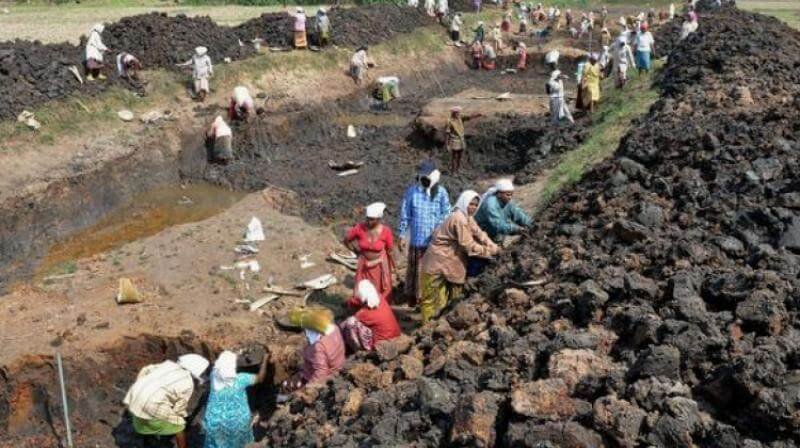After rediscovering the Saraswati river after 4000 years in March this year, the Haryana government is all set make it flow by releasing water into the river’s apparent route that covers three districts of the State.
The Saraswati Heritage Development Board (SHDB) constituted by the State had passed a proposal according to which the water will be unleashed into the route from Uncha Chandana village through Dadupur feeder on July 30 and the monsoon is expected to maintain a consistent flow, reports Indian Express.
“We are working on a plan to release water into Saraswati river through the Dadupur feeder. The modalities are being worked out. It is a fact that Saraswati flowed up to Rajasthan. Even ISRO has acknowledged it.” SHDB deputy chairman Prashant Bhardwaj told Indian Express.
A huge check dam, measuring 400 acres, has also been proposed on the Somb river that will be diverted to the recently re-discovered Saraswati river, reports India Today.
Bhardwaj further added that the revival project involves 69 institutes and efforts are being made to associate Indian Institute of Technology with it. The proposal apart from catering to the religious activities also seeks to develop a recreational park, botanical garden and zoo.

The Haryana Government was elated after they realised that water was gushing out from a pit that was being dug on the course of Saraswati in Mugulwali village of Yamunanagar district under the lost river revival plan. They immediately started the excavation work for which Chief Minster Manohar Khattar made budgetary provision worth 50 crore, reports India Today.
The Atal Bihari Vajpayee’s regime in 2002 had assigned the task to a panel headed by the then cultural minister Jagmohan but was later scraped when UPA came to power.
The Modi government now seeks to revive the project and has set up a panel under former Kumaon University vice-chancellor Prof K S Valdiya to verify Haryana’s claims of discovery of the river, reports Indian Express.
The mythical Saraswati river, as mapped by satellite images, flowed through North-Westen India dried up 4000 years ago and dried up 4000 years ago. Experts say that it vanquished after a powerful earthquake hit its course.

















